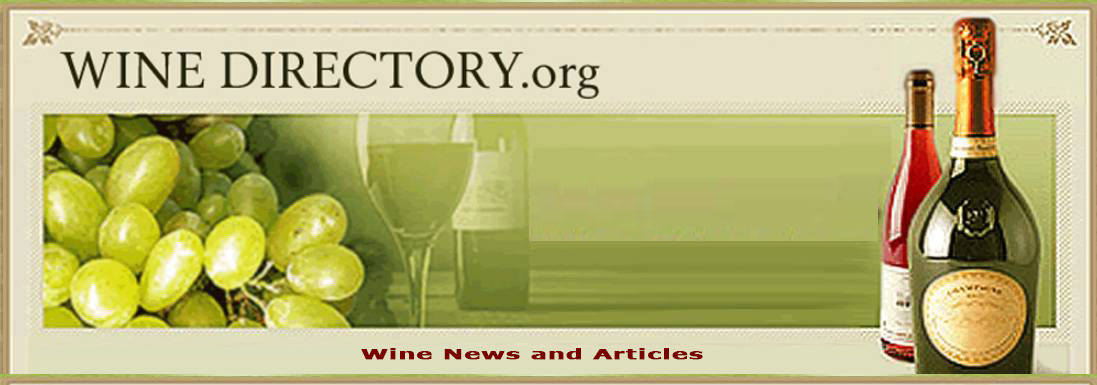Corks for Wine
That little piece of bark (yes, cork is bark harvested from a kind of oak tree) is the focus of much controversy among today’s winemakers. Here at Ross Valley Winery, we think there is something more to the discussion than the substitution of cork by alternative closures as a quality issue.
Proponents of alternative closures beat the drum of TCA, triclorolaminisol, the chemical produced by certain molds that give “corked” wine its wet cardboard smell. Some say as much as 8% of all wine is infested with this disgusting smell, but I personally think that figure is grossly overstated and being used as a “fact” to drive wineries toward other closures. I have been making wine commercially at the Ross Valley Winery since 1987, have pulled countless corks here in the tasting room or at home and have smelled each one of them. I can count the “corked” wines on one hand. It simply is not a problem for this winery. What is true is that some people are much more sensitive to the smell than others, so I have a small bottle of TCA on hand here if you feel you’d like to educate your nose palate to the smell. You’ll never forget it.
I believe the popularity of say, plastic substitutes or even screw top closures is based in money and is a decision made by the corporate controller, who, as wineries look more and more like refineries, is responsible for assuring the corporation’s financial quality.
A decent 1 3/4″ cork cost about 30 cents. If you buy 100,000 of them, the price doesn’t drop significantly. . I just got off the telephone having received a quote for the same sized cork at 11.8 cents each. Twenty cents difference doesn’t seem like much, unless you are bottling twenty million bottles; then the difference would pay plenty of hungry stockholders. And if you bought 20 million artificial closures, youd get an extremely good price; all the manufacturer has to do is turn on the extruder. Meanwhile it takes that 25 year old cork tree 7-9 years to develop a new bark to be made into corks for Ross Valley Winery’s merlot or cabernet.
And even though “The Ross Valley Winery” prints very nicely on plastic closures, the closure is part of the aesthetic and tradition of the entire product. And wine is anything, it’s traditional.I say that when Chateau Petrus starts using artificial closures, so will I. Meanwhile, I’ll stick with natural cork.
About the Author
Paul Kreider, who made his first wine in 1975, is the owner and winemaker of the Ross Valley Winery in San Anselmo, California. Since 1987, with notable success, his small Marin County bonded winery has specialized in transforming modest lots of unique grapes into vineyard-designated wines, each with its own individual character and particular personality. Check our website at www.rossvalleywinery.com.
